''Our ancestor's spirits will not be satisfied with us'': what's wrong with Kul Sharif Mosque?
''The main mosque of Tatarstan'' and its shortcomings
Nail Garipov, the chairman of the Iman Islamic Culture Centre, is concerned that the gem of Kazan — Kul Sharif Mosque — is a kind of museum where the ''exhibits'' are praying. In the column written for Realnoe Vremya, he reveals what is wrong with this iconic building and how these shortcomings can be corrected.
Women, trade…
The other day, in social networks I addressed to my subscribers, saying that today in Kul Sharif Mosque — the mosque number one of our republic — during the prayer tourists can safely be on the observation balconies and take pictures. The note caused a mixed reaction. Some readers believe that there is nothing wrong with being watched during prayer. This, in their opinion, has a positive impact on the image of Islam and Muslims themselves, who are often associated with religious terrorism.
I wrote my post because I also felt like a museum exhibit to some extent. I remembered the film Crocodile Dundee, where Michael J. Dundee made a living by showing the local aborigines how to hunt crocodiles. When there is no other job, such a craft is quite acceptable and does not cause anything but a smile. But it's another thing that people's religiosity is paraded. If they do it voluntarily, it's on their conscience. But in this case it is not so.
From the point of view of sharia, I rely here on the Hanafi fiqh. The mosque is mainly visited by men. Women are allowed to visit mosques, but it is an unencouraged activity, especially for young and unmarried girls. This is stated in Gibadat Islamia by the famous Tatar scientist of the early 20th century, Akhmadkadi Maksudi. The restriction is connected not only with ethical considerations, but also with physiological characteristics. As you know, on special days women are forbidden to pray and touch the Holy Quran for Muslims, respectively, on these days it is forbidden to visit mosques.
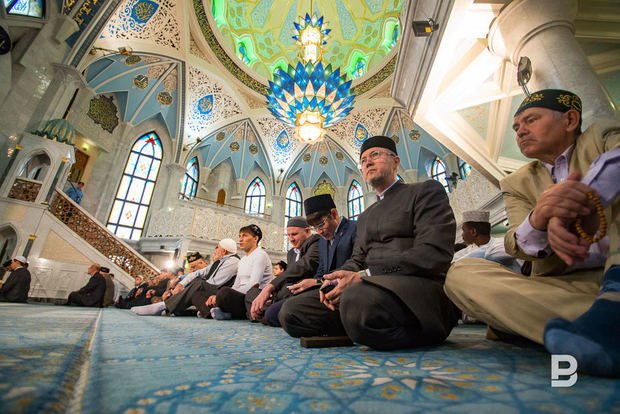
When we allow non-Muslims to visit mosques, we do not respect our own laws in the first place and thus show disrespect for the mosque as a place of worship. This applies not only to tourists, but also to workers of the mosque. As you know, in the mosques today there work a lot of women who perform various functions there.
Another aspect is trade within the walls of the mosque, the use of the ''house of Allah'' not for its intended purpose, which is not approved again from the point of view of the sharia. The ban on trade in the mosque is stated in the hadith of the prophet Muhammad. The messenger of Allah said, ''If you see someone selling or buying in the mosque, tell him, 'May Allah not give you any profit in your trading.''
From the point of view of the sharia, we have no right to turn the mosque into a trading point to attract tourists. No matter what to trade, it is important that the mosque is a place of worship to Allah. And this is its main purpose. In principle, nothing is needed to create a positive image of Islam. Being a Muslim is not so easy. In many ways, you need to limit yourself. Therefore, the Quran says that Allah Almighty will be merciful to not everyone. Some will have their hearts sealed and will not have the opportunity to receive this mercy.
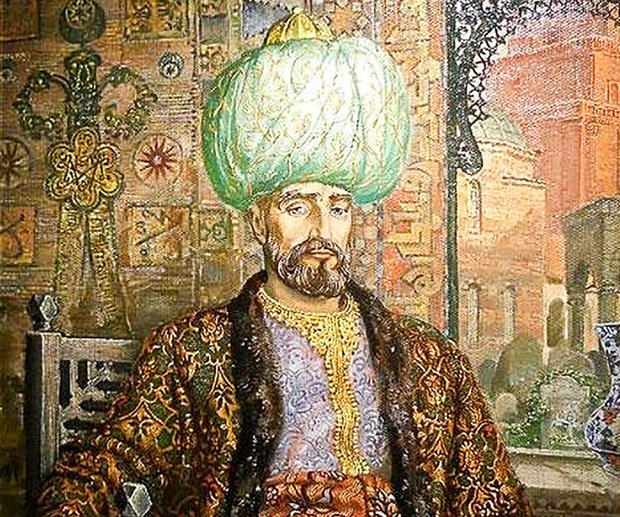
Who is Kul Sharif?
The issue with tourists and our attitude to the main mosque of the Tatars is connected not only with the field of law, but also with the history and national identity of this people. It was built, as you know, in memory of great Sheikh Kul Sharif, who died a hero's death, defending the city with the shakirds during the storming of Kazan by the troops of Ivan IV on October 12, 1552.
Kul Sharif was a sayyid, that is, a descendant of the prophet Muhammad. He was the spiritual leader of the Khanate of Kazan, the leader of the Sufi brotherhood of Yasawi. This is much said in the Russian-language source Kazansky Letopisets, which describes in detail the conquest of Kazan and the Khanate of Kazan. In this connection, I would like to note that the Kul Sharif Mosque does not have an exhibition dedicated to this outstanding historical figure. Apart from the name of the mosque and its pseudo-portrait, nothing indicates his connection with this building.
Also, in the Museum of Islamic Culture, located in the mosque, we cannot get to know anything about the Kazan Khanate and historical figures of this period. What do they tell us here? They tell us simply ''about Islam'', about what it is ''in general''. Perhaps, it is necessary to know to unbelieving people. But does it make sense to conduct a tour of the school programme? This knowledge is quite available on the Internet.
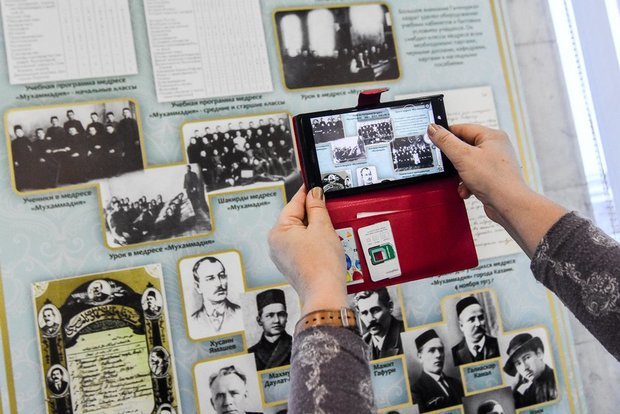
But what we and especially our young people really lack is knowledge of the history and culture of their own people. Today, part of the Tatar national movement is concerned about the adoption of the concept of development of the Tatar people. There was a serious controversy around it, which was joined by Chairman of the Muslim Spiritual Board of the Republic of Tatarstan Kamil Samigullin, concerned about the lack of the concept of the Islamic factor. Basically, he's right.
Moreover, I believe that the Islamic factor should be key one in the new concept of the development of the Tatars. Why? Very simply. The Tatar culture, which has been formed over thousands of years, is permeated with Muslim ideology. Literally entirely, ranging from folklore and ending that household culture. This was written by Valiulla Yakupov, who repeatedly addressed to the Tatar intelligentsia to stop linking the Tatar culture with paganism.
Many so-called pagan cults are not, in fact, such cults, and they are associated with another, no less important Muslim component — Sufism. Therefore, we should, first of all, conceptually deal with our historical past. We are the people who spread knowledge about the religion of Islam. This is our historical mission and on this we should build our ideology.
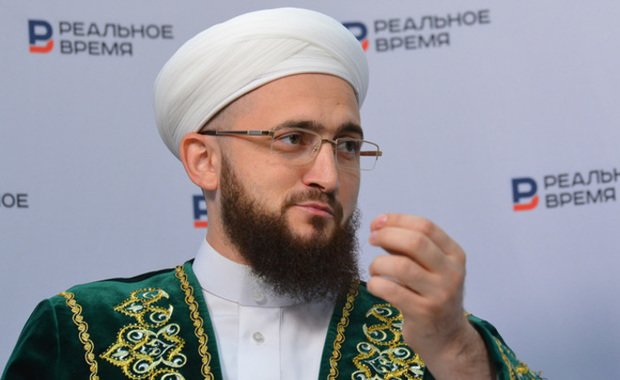
''Our ancestor's spirits will not be satisfied with us''
Returning to the question of the mosque, I would also like to touch upon the aspect such as the practice of ziyarat (commemoration of the dead) of the fallen defenders of the city. At one time before the revolution, the Tatars specially came to the walls of the Kremlin for remembrance. They were not allowed inside the complex. They sat along the walls, reciting the Holy Quran and commemorating the dead Muslims on this territory.
In the memory of the people, the history of the fall of the city remained fragmentary — mosques and madrassas were destroyed, there is no direct written evidence. Therefore, all the historical episodes of the people were restored from memory. In those years, there were many different legends and myths. That's how the myth of Syuyumbike who jumped from the tower was born, although, as you know, the last Kazan Queen is buried in Kasimov, where she spent the rest of her life. Just people remembered where the Khan's mosque was, and realizing that the tower stands on the foundation of the mosque they connected it with the minaret.
By the way, in Kasimov itself the grave of Khanbikeh Syuyumbike was established only tentatively. But the people so heroized the defenders that didn't want to agree that someone could survive in this opposition. But there were survivors, and they made up the majority of the inhabitants of Staro-Tatarskaya Sloboda settlement. They became the people who did not forget about their historical roots.
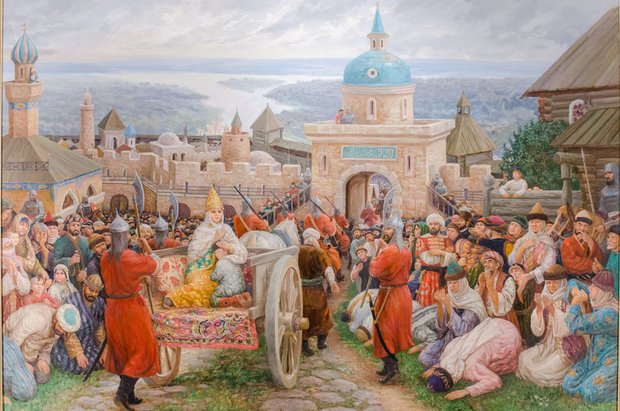
Turning to religion, we should remember that many symbols have a sacred meaning for the people. If the Kazan icon is important for the Orthodox, for the Muslims the Kul Sharif Mosque is a place of their memory and revival. Therefore, the Tatars should protect this mosque and fill it with their presence and prayers in the first place. And the creation of the Kul Sharif Museum, the Museum of Islam in the Kazan Khanate, and not the Museum of Islamic Culture in this place, is the most important task.
We need to start respecting ourselves, our culture, our history, our people and our language. This is the mercy and gift of Allah Almighty to us. We didn't choose our nation. In the meantime, some of the Tatar youth is under the influence of pseudosalafists and foreign heresiarchs and thereby neglects its history and does not recognize its ancestors as Muslims. And this leads only to one thing: our ancestor's spirits will not be satisfied with us, which means that Allah will not be merciful to us. The homeland is not chosen. The homeland and the nation are given to us by Allah as amanat (mercy), and this mercy we should protect.